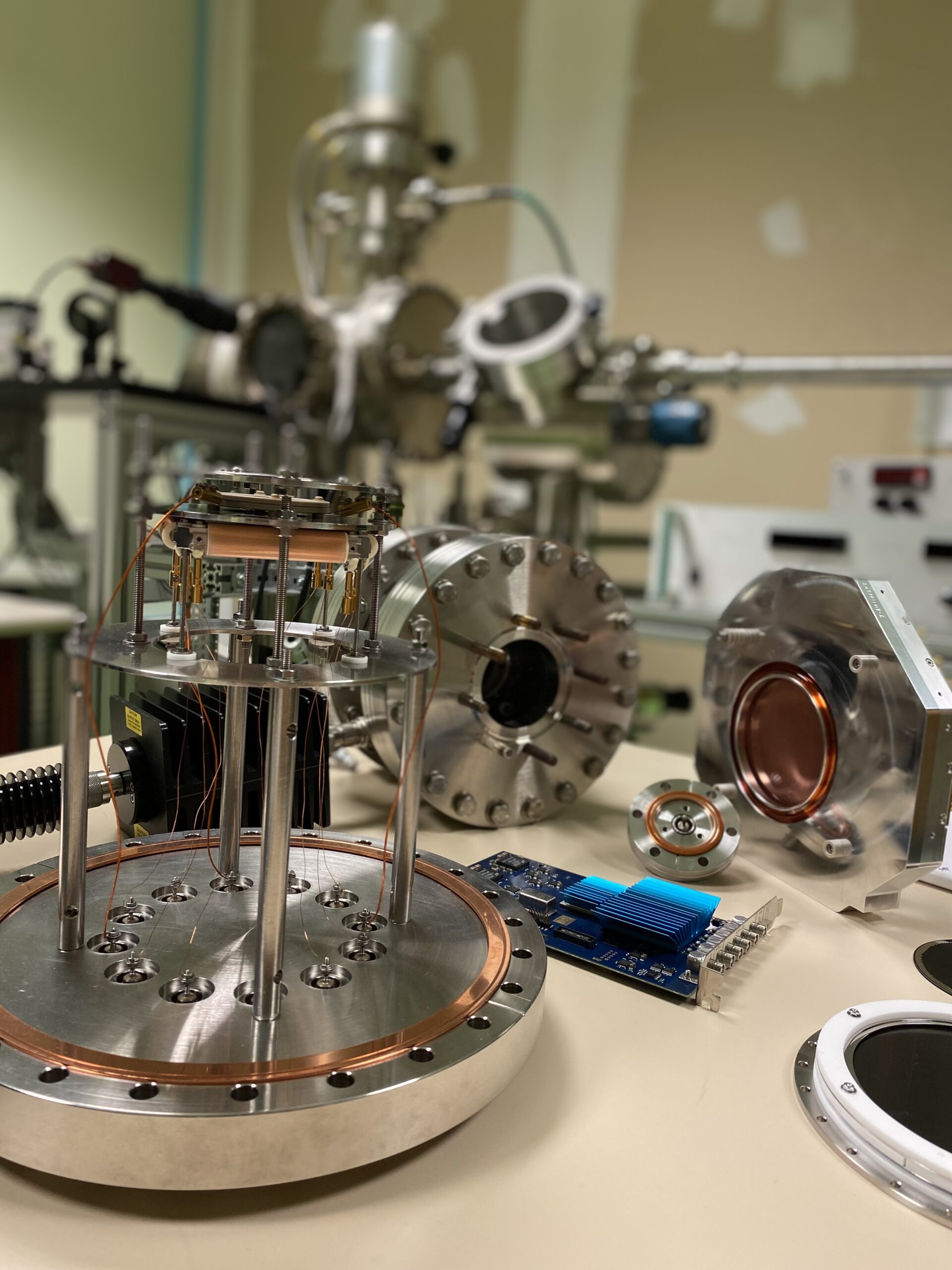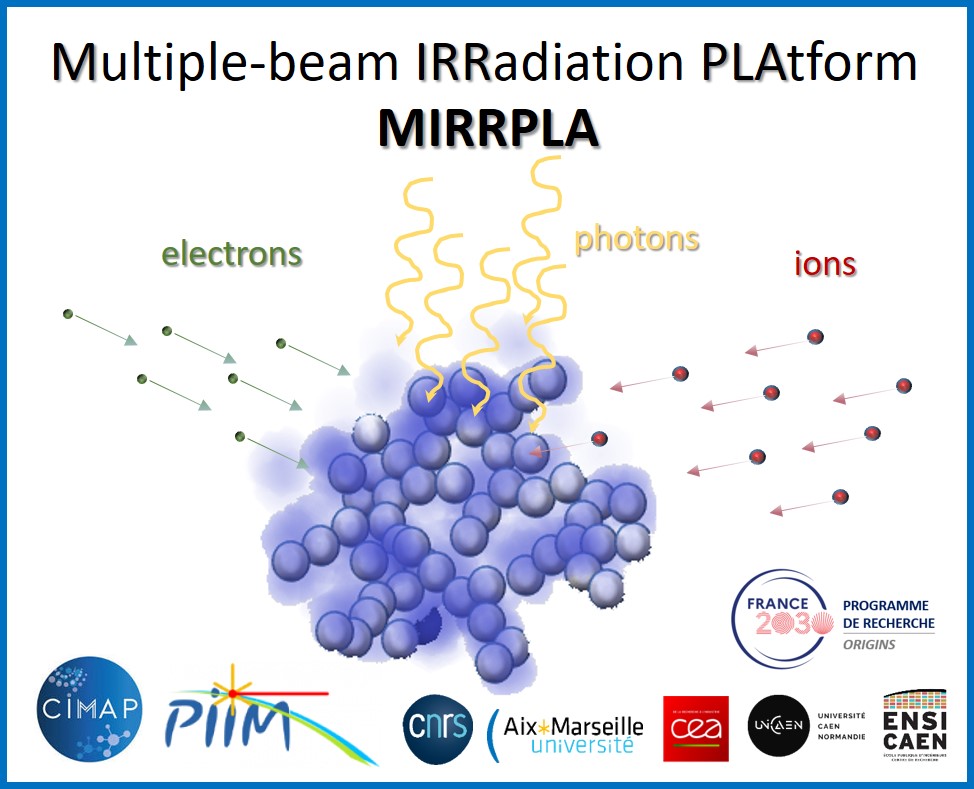
COSMO-SAT
A tomographic atom probe for cosmochemistry
Overview
Developing a new generation of tomographic atomic probes
Anne-Magali SEYDOUX-GUILLAUME, DR CNRS Saint-Etienne
François VURPILLOT, PU Université de Rouen
Mathieu ROSKOSZ, PU MNHN Paris
The COSMO-SAT project aims to develop a new generation of tomographic atomic probe dedicated to the analysis of terrestrial and extraterrestrial samples, in particular to significantly improve their elemental and isotopic measurements at the nanometric scale.
The project has set itself several ambitious objectives for optimized instrumental improvements dedicated to the analysis of cosmochemical samples: an ultra-high-vacuum chamber optimized for complex mass spectrometry of geological samples, reduced background noise, a position- and time-sensitive detection system optimized in particular through the use of artificial intelligence, and the development of cryo-preparation of samples to improve the measurement of light atoms (H, He, C, etc.) volatile at room temperature.
Keywords : Scientific instrumentation, nanocharacterization, isotope analysis, cosmochemistry; geochronology
To develop
Our researchs
Improving elemental and isotopic quantification at the nanometric scale
Develop and integrate a new detector in a new analysis chamber design to reduce selective losses
Improving mass resolution
Adding a tunable laser system to reduce the thermal drag of mass spectra from a long-time-of-flight SAT
Improving the quantification of volatile elements, particularly hydrogen
Optimize the vacuum chamber to increase the hydrogen detection threshold.
Adapt a cryo-transfer system for analysis of volatiles and sensitive samples
Improving signal processing and detection
Improve mass spectra processing algorithms using machine learning techniques
Applications in cosmochemistry and nano-geochronology
Understanding the origins of complex primitive objects such as GEMS
Developing the nano-geochronology of complex terrestrial and extraterrestrial samples
The Consortium
CNRS, Université de Rouen Normandie, MNHN, Université Grenoble Alpes + CAMECA (partenaire non financé)
Scientific expectations
The coming decade will see the return, via major space missions, of exceptional samples of solar system objects that will provide essential information on planetary formation. The study of these microscopic samples requires the development of characterization instruments with performance levels never before achieved down to the atomic scale. This is what COSMO-SAT aims to do.
COSMO-SAT will enable the quantitative elemental and isotopic analysis of complex materials at the nanometric scale, whether for cosmochemistry or for the development of tomorrow’s materials, and in particular the analysis of light elements (H, He, C, N), which are essential to life.
COSMO-SAT will eventually be open to the entire Universe Sciences scientific community, and will become a CNRS-INSU National Instrument of the RéGEF research infrastructure (https://www.regef.fr/).
Societal impacts
The prototype will be designed in close collaboration with CAMECA, the only French company to market this unique instrument worldwide. The project is therefore a driving force for innovation in the field. The prototype will be an exploitable platform for the future development of a new instrument by the main industrial partner involved. The project’s breakthrough is essential to open up the technique to the field of bio/organic materials, with potential interest for numerous applications and laboratories.
Training a new generation of scientists capable of analyzing unique and complex samples at very high spatial resolution (nanometers) is essential for the return of samples from space missions involving France (MMX, MSR).
Skills development
A community of 8 researchers, teacher-researchers and engineers mobilizing :
3 Post-docs, 3 PhD students (including one CIFRE with CAMECA and one 80PRIME CNRS)
Consortium location
Saint-Etienne (LGL-TPE), Rouen (GPM), Paris (IMPMC) and Grenoble (gipsa-lab)


